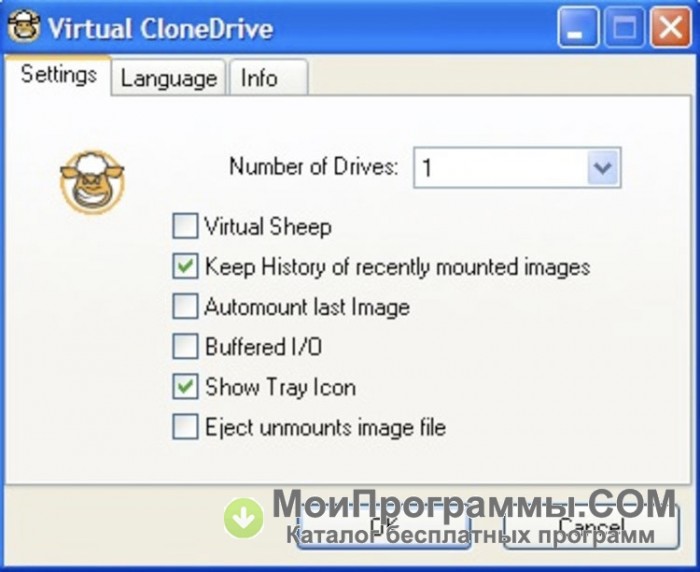

To begin, point your browser to the Virtual CloneDrive page and follow the Download links. NtDownloading and installing Virtual CloneDrive is easy. Of course the $15 upgrade offer has long since expired, but the process of downloading the ISO file is the same. I showed you how this process works in the article Take advantage of the $15 Windows 8 Pro Upgrade Offer. For example, you can purchase the Windows 8 upgrade from the Windows Store and download it as an ISO file. NtAn ISO file contains an image of the contents of an optical disc and is often used to distribute software on the Internet – instead of ordering a CD/DVD that will be sent in the mail, you simply download an ISO file and then burn it to an optical disc. (Apparently, these two companies have a close working relationship, so while it will be a bit odd to see different company names, there is nothing to be concerned with.) This program makes using ISO files in Windows XP, Windows Vista, and Windows 7, just as easy as the new feature built into Windows 8. NtWhile there are lots tools out there for mounting and using ISO files, one of the simplest and easiest to use is a FREE program called Virtual CloneDrive developed by SlySoft in collaboration with another company called Elaborate Bytes. As such, you will be better served by looking elsewhere. Unfortunately, this tool is unsupported, out-of-date (the files are dated from 2001), and when it does work, you are forced to go through a very kludgy set of steps to use the tool. NtMicrosoft has a similar tool for older versions of Windows called Virtual CD-ROM Control Panel. You just double click the ISO file in File Explorer and Windows 8 automatically assigns it a drive letter, thus allowing you to access its contents as a virtual drive. This is a very handy feature because it allows you to immediately access the content of an ISO file without having to first burn the ISO to an optical disc. NtOne of the new features in Windows 8 is the ability to natively mount an ISO file. Nt This gallery is also available as a post in the Windows and Office Blog. The UAC contains a reference to Elaborate Bytes


 0 kommentar(er)
0 kommentar(er)
